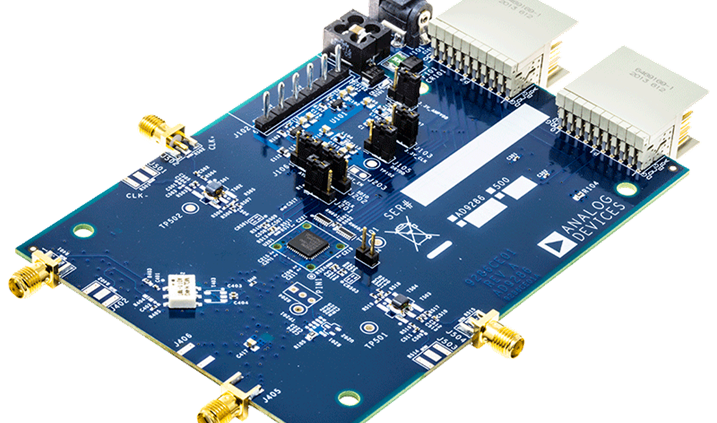What are the key points of PCB design?
PCB design is a vital part of electronic product development. Here are some PCB design points and key considerations:
1. Layout planning: PCB layout planning is the basis of design. The location of components, wiring routes, power supplies, and ground planes must be considered to ensure signal integrity and optimal performance. Minimize the length of the signal line and reduce the delay of signal transmission.
2. Match impedance: Ensure that the impedance of the signal line matches the signal to be transmitted to reduce reflections and signal integrity issues. Interference can be reduced using differential signaling.
3. Power and ground planes: There should be stable power and ground planes on the PCB to reduce electromagnetic interference (EMI) and provide stability in power distribution. This helps reduce the length of the signal return path.
4. Appropriate layers: Multi-layer PCB can be used to isolate different signals and reduce interference between signal layers. Choose the appropriate layer to meet the needs of your circuit.
5. Thermal management: Consider the heat dissipation needs of components to ensure that heat can be effectively dissipated to avoid component damage caused by overheating.
6. Positioning holes and fixing holes: Add positioning holes and fixing holes to the PCB to install and fix the PCB into a housing or other structure.
7. Symbols and Labels: Add clear symbols and labels to components and connections to facilitate maintenance and troubleshooting.
8. Safety and regulations: Ensure that the PCB design complies with applicable safety standards and regulations, especially for electrical safety and electromagnetic compatibility.
9. EMI suppression: Take necessary measures to reduce electromagnetic interference, such as adding shields, ground planes, filters, etc.
10. Material selection: Select appropriate PCB materials, considering dielectric constant, loss factor and temperature characteristics to meet design needs.
11. Testing and verification: Before actual manufacturing, use simulation tools to verify the performance of the design and conduct prototype testing to ensure that the PCB works properly.
12. Maintainability: Consider the maintainability of PCB to make repair and maintenance work easier.
13. Cost control: Try to reduce PCB manufacturing costs, but do not sacrifice performance and quality.
The importance of PCB design points is to ensure that the circuit board can work properly and have good signal integrity, stability and performance. Therefore, these points need to be carefully considered during the PCB design process.



